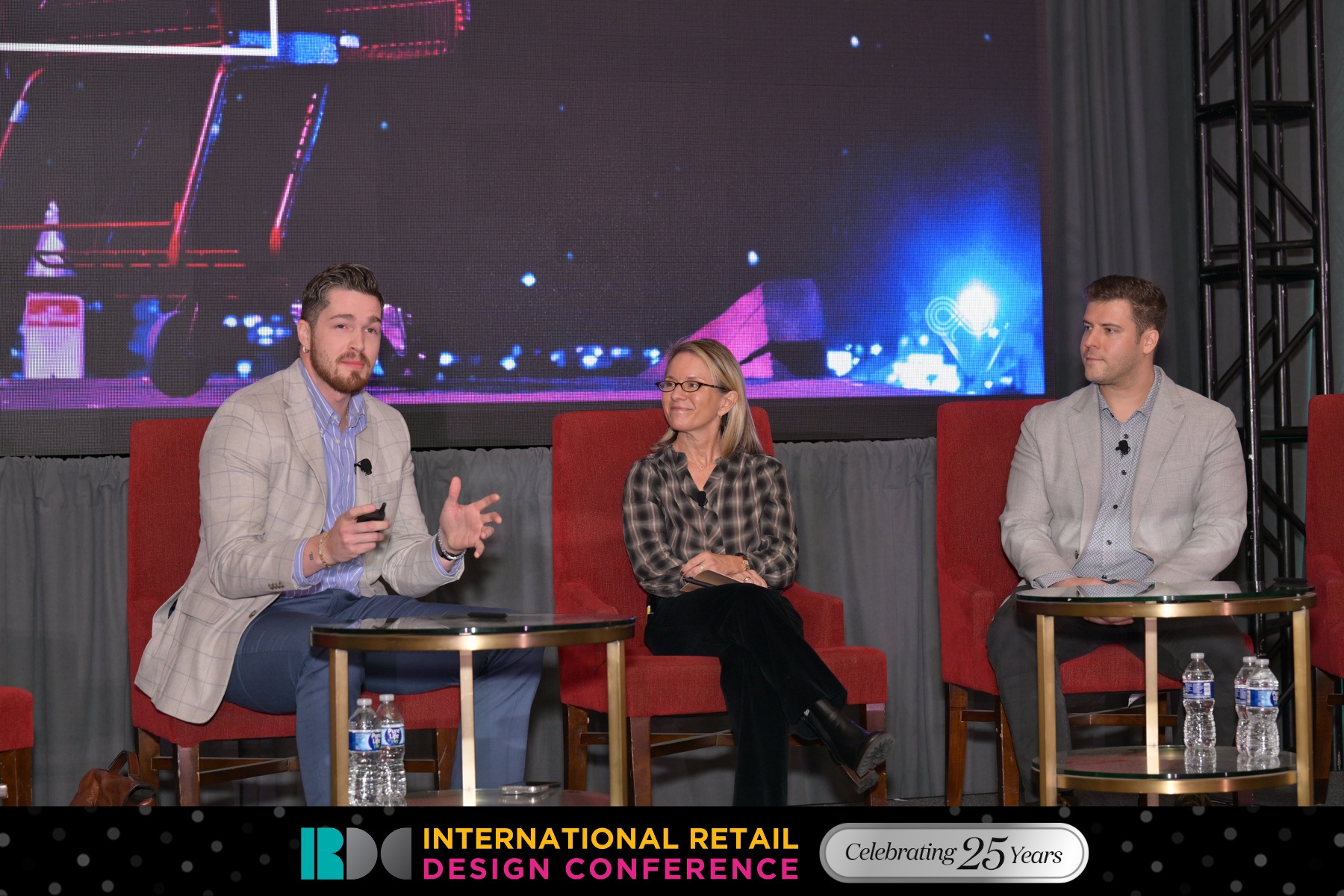[vc_row padding_top_multiplier=””][vc_column css=”.vc_custom_1515535628663{margin-top: -10px !important;padding-top: -10px !important;}”][movedo_social social_email=”yes” social_facebook=”yes” social_twitter=”yes” social_linkedin=”yes” social_reddit=”yes” icon_size=”small” icon_color=”grey” align=”center”][movedo_empty_space][/vc_column][/vc_row][vc_row padding_top_multiplier=””][vc_column][vc_column_text]Consumers’ increasing demand for transparency has played an influential role today in everything from design and packaging to in-store signage and product information. While most of that change is visible to the consumer, brands are taking an even more active approach to transparency when it comes to operations.
In a recent study from Response Media, 70% of consumer respondents said their purchases are always or often influenced by transparency content, and nearly all said they would pay more for more transparent products, 99% for fresh food and 98% for packaged food.[/vc_column_text][/vc_column][/vc_row][vc_row padding_top_multiplier=”” padding_bottom_multiplier=”” columns_gap=”15″][vc_column width=”1/2″][vc_single_image image=”25550″ img_size=”full” alignment=”center”][/vc_column][vc_column width=”1/2″][vc_single_image image=”25551″ img_size=”full” alignment=”center”][/vc_column][/vc_row][vc_row padding_top_multiplier=””][vc_column][vc_column_text]Undeniably the global food chain is a complicated environment with farmers, distributors, suppliers, manufacturers, and grocers all playing a role in the process. The last several years have welcomed a major turning point in the future of food and traceability. While major headlines of food borne illnesses and product recalls seemed to proliferate our news feeds, the reality is real. In fact, the federal government estimates there are nearly 48 million cases of foodborne illness annually, that’s the equivalent of 1 in 6 Americans each year.
Enter blockchain, a technology with more than ten years in the making by esteemed computer scientists, cryptographers, and mathematicians. In the most basic sense, a blockchain is a decentralized digital ledger of information. Most commonly associated with the financial industry or in reference to bitcoin, blockchain technology is now showing powerful potential for the grocery industry. Through this decentralized ecosystem, it becomes easier to trace the origins and path of products, more quickly launch investigations and recall products, and reduce detrimental financial impacts. Every manufacturer controls their products, pricing, and listings, while information is validated through a peer-to-peer network of participants who all equally have access to the same information.[/vc_column_text][/vc_column][/vc_row][vc_row padding_top_multiplier=”” padding_bottom_multiplier=”” columns_gap=”15″][vc_column width=”1/2″][vc_single_image image=”25548″ img_size=”full” alignment=”center”][/vc_column][vc_column width=”1/2″][vc_single_image image=”25549″ img_size=”full” alignment=”center”][/vc_column][/vc_row][vc_row padding_top_multiplier=””][vc_column][vc_column_text]So, how did we get here? In 2016 through a partnership with IBM, Walmart conducted a test pilot with blockchain technology. Following the launch, Walmart’s VP of Food Safety, Frank Yiannas, stated that with blockchain technology he could pull a product’s tracking information in less than three seconds; traditionally it had taken nearly a week. National retailers Kroger and Wegmans, as well as supply chain service provider McLane, and leading CPG brands Nestle, Unilever, McCormick, Tyson, Dole, and Golden State Foods, have joined together with Walmart to accelerate and scale the solution with the more formal development of the IBM Food Trust.
Some industry experts suggest blockchain technology could be a threat to larger retail brands by ultimately providing manufacturers the opportunity to go direct-to-consumer rather than meddle with the middleman (aka the grocer). The reality is that this technology, while in early stages of development for grocery retail, demonstrates the potential to create a more connected and collaborative retail model. And while most of this information sharing and documentation takes place without the consumer even knowing it, there’s potential for aspects of this information to be made available to consumers in the future. There’s no denying the demand is there.[/vc_column_text][/vc_column][/vc_row]





